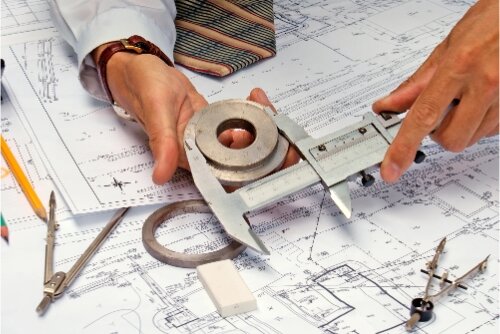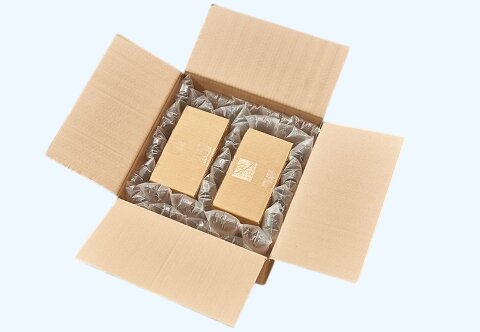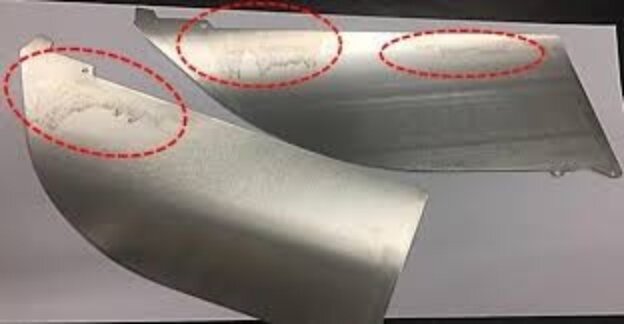Many businesses struggle to find strong and reliable steel parts for construction or machinery. Off-the-shelf solutions often don’t meet project needs. Structural steel fabrication solves this by creating custom pieces with the proper shape, size, and strength. Knowing how this process works gives you more control over your project.
Structural steel isn’t just for skyscrapers. It’s also used in many smaller and customized products. This method is fast, cost-effective, and adaptable. Let’s break down how it works.
What is Structural Steel Fabrication?
Structural steel fabrication is cutting, shaping, and assembling steel to make load-bearing components. These parts form the framework of buildings, factories, and other large projects.
The process includes detailed planning, precision work, and skilled labour. It ensures that every beam, column, or plate is ready to handle the weight and forces it will face.
Common Grades and Types
Different projects call for different types of steel. Here are some common ones used in the U.S.:
- A36: A soft, low-carbon steel. It’s easy to cut and weld, making it great for general use.
- A572: Stronger than A36. It’s often chosen for bridges or heavy-duty structures.
- A992: Often used in building frames. It’s strong, welds well, and holds up under pressure.
- A500: This one is for tubing. It comes in round, square, or rectangular shapes.
The choice depends on how strong the part needs to be and how it will be joined or shaped.
Physical and Mechanical Properties
Structural steel is heavy, rugged, and built to last. Its typical density is about 7.85 grams per cubic centimetre. That gives it the weight needed for solid support. Most types can handle over 400 megapascals of stress before breaking.
Structural steel can bend when loaded but will return to its shape unless pushed too far. It also reacts slowly to heat, which makes it stable in hot or changing temperatures.
Key Steps in Structural Steel Fabrication
This process turns raw steel into finished parts ready for use. Each step adds shape, strength, or precision to meet project needs.
Design and Engineering Planning
Everything starts with a detailed plan. Engineers create drawings using CAD software. These show dimensions, loads, and material specs. They also plan how each part will be made and joined.
Material Selection and Preparation
Steel is chosen based on strength, thickness, and use. Before cutting, steel sheets or profiles are cleaned and checked.
Cutting and Shaping
Machines like laser cutters, plasma cutters, or shears cut the steel. For bending, press brakes form the steel into desired angles or curves.
Welding and Joining
Welding connects parts. Depending on the part’s size and thickness, methods like MIG, TIG, or stick welding are used.
Drilling and Punching
Holes are needed for bolts, rivets, or access points. CNC machines drill or punch these holes in the right spots.
Surface Treatment and Finishing
Parts may be sandblasted, painted, or coated. This protects the steel from rust or corrosion.
Assembly and Inspection
Parts are fitted together to ensure they match and work. Measurements are checked again, and welds and joints are tested for strength.
Delivery and On-Site Installation
The final parts are packed and shipped. At the site, workers bolt or weld them into place.
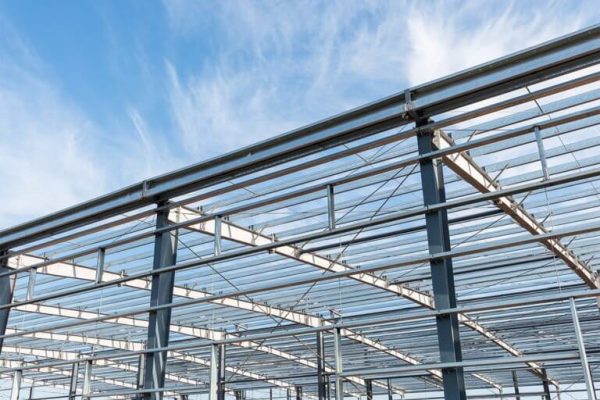
Core Fabrication Techniques
Each project uses different methods to shape and treat steel. Here are the most used ones in structural steel fabrication.
CNC Cutting and Plasma Cutting
CNC cutting uses computer control to guide cutting tools. It offers high precision and repeatability.
Plasma cutting uses a high-temperature gas to slice through steel quickly. It works well for thick plates and irregular shapes.
Beam Drilling and Sawing
Beam drilling creates holes for bolts, connectors, or fasteners. It’s used for I-beams, channels, and angles. Modern beam lines can drill multiple holes in one pass.
Sawing is used to cut long beams to length. Cold or band saws make clean, straight cuts with little heat distortion.
Robotic Welding and Manual Welding
Robotic welding is used in high-volume or repeat jobs. It offers consistent quality and faster output. Manual welding is still used for custom work or on-site tasks.
Hot Rolling vs Cold Rolling
Hot rolling shapes steel at high temperatures. It’s faster and cheaper. But the surface is rough, and tolerances are wider.
Cold rolling is done at room temperature. It gives smoother finishes and tighter tolerances. Cold-rolled steel is used when precision and appearance matter more.
Galvanizing and Powder Coating
Galvanizing adds a zinc layer to protect steel from rust. It is used on outdoor or high-moisture parts.
Powder coating adds colour and a strong finish. It’s sprayed on and baked, creating a smooth, durable surface.
Advantages of Structural Steel Fabrication
Structural steel is widely used because it solves many common building problems. It offers a mix of strength, value, and speed that other materials often can’t match.
Strength-to-Weight Ratio
Steel is strong but not bulky. It can handle high loads without being too heavy, allowing for longer spans and taller structures with less material. This also means lighter foundations and reduced load on other building elements.
Cost-Effectiveness in Large Projects
Steel becomes more economical as project size grows. Standard shapes are easy to mass-produce, and fabrication methods are efficient. Less material waste and faster build times reduce labour and total costs.
Speed of Construction
Steel parts are made off-site and arrive ready to install, shortening the construction schedule. Fewer delays mean faster project turnover. Precise fit also reduces rework and on-site cutting.
Sustainability
Steel is 100% recyclable. It can be reused without losing strength. Many mills use recycled steel to make new beams and plates.

Disadvantages and Limitations
While structural steel offers many benefits, it also comes with a few challenges. These issues need to be managed during design and construction.
Corrosion Risks
Steel can rust when exposed to moisture and air. In outdoor or humid environments, this can weaken the structure over time. Protective coatings like paint or galvanizing are needed. Regular inspection and maintenance are also required to prevent damage.
Fireproofing Requirements
Steel loses strength when exposed to high heat. If not protected, this can cause collapse in a fire. Fireproof coatings or cladding must be added. These materials increase safety but also add cost and labour.
Initial Investment in Equipment
Fabricating steel requires machines like CNC cutters, welders, and beam drills. Setting up a shop can be expensive, and skilled labour is also needed to run the equipment and maintain quality. For small operations, outsourcing may be a better option.
Applications of Structural Steel Fabrication
Structural steel is used across many sectors. Its strength, flexibility, and speed of installation make it a go-to choice for modern construction.
Commercial Buildings and Warehouses
Steel frames support wide, open spaces with fewer columns, making it easier to design layouts for offices, showrooms, and storage. Prefabricated steel parts also speed up construction in time-sensitive projects.
Bridges and Transport Infrastructure
Steel is used for load-bearing capacity in bridges, tunnels, and rail systems. It handles heavy traffic and harsh environments well. Steel is also ideal for long spans where concrete might be too heavy or brittle.
Industrial Facilities and Plants
Factories, power stations, and refineries use steel frames for their large equipment and wide bays. Steel resists vibration, supports heavy loads, and allows for future expansion or upgrades with minimal disruption.
Stadiums and Public Buildings
Sports arenas, airports, and convention centres often need large open areas and special shapes. Steel works well for curved roofs, wide spans, and high ceilings. It also speeds up builds for public projects on tight schedules.
High-Rise and Modular Construction
Tall buildings need strong but lightweight frames. Steel provides both. In modular construction, steel parts are built off-site and assembled on location. This method reduces build time and improves consistency across units.
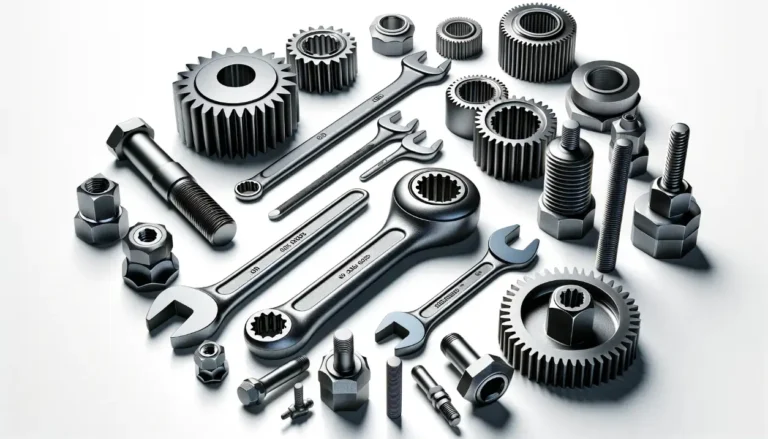
Cost Factors in Structural Steel Fabrication
Several factors affect the total cost of a structural steel project. Knowing these helps with better budgeting and fewer surprises later.
Material and Labor Costs
Steel prices vary by grade, size, and market demand. Thicker or custom-formed pieces cost more. Labour also plays a significant role. Skilled welders, cutters, and machine operators add to the cost, especially for complex builds or tight tolerances.
Equipment and Setup Costs
Fabrication needs machines like plasma cutters, press brakes, and drills. Buying and maintaining this equipment takes a high upfront investment. For some shops, outsourcing specific steps is cheaper than handling everything in-house.
Hidden Costs in Delays or Redesigns
Project delays can quickly raise costs. Bad drawings, missed tolerances or shipping errors often lead to rework. Redesigns late in the process also mean extra labour, material waste, and schedule changes. Precise planning and quality checks help avoid these issues.
Conclusion
Structural steel fabrication turns raw steel into strong, load-bearing parts for buildings and infrastructure. It includes design, cutting, welding, coating, and assembly. The method offers clear benefits, such as high strength, fast build times, and cost savings in large projects.
Are you looking for a trusted partner to fabricate your structural steel parts? Contact us now for expert support, fast quotes, and high-quality results.
More Resources:
Understanding CAD in Steel Fabrication – Source: Baker
Specification for Structural Steel Buildings – Source: AISC
Hey, I'm Kevin Lee

For the past 10 years, I’ve been immersed in various forms of sheet metal fabrication, sharing cool insights here from my experiences across diverse workshops.
Get in touch

Kevin Lee
I have over ten years of professional experience in sheet metal fabrication, specializing in laser cutting, bending, welding, and surface treatment techniques. As the Technical Director at Shengen, I am committed to solving complex manufacturing challenges and driving innovation and quality in each project.


